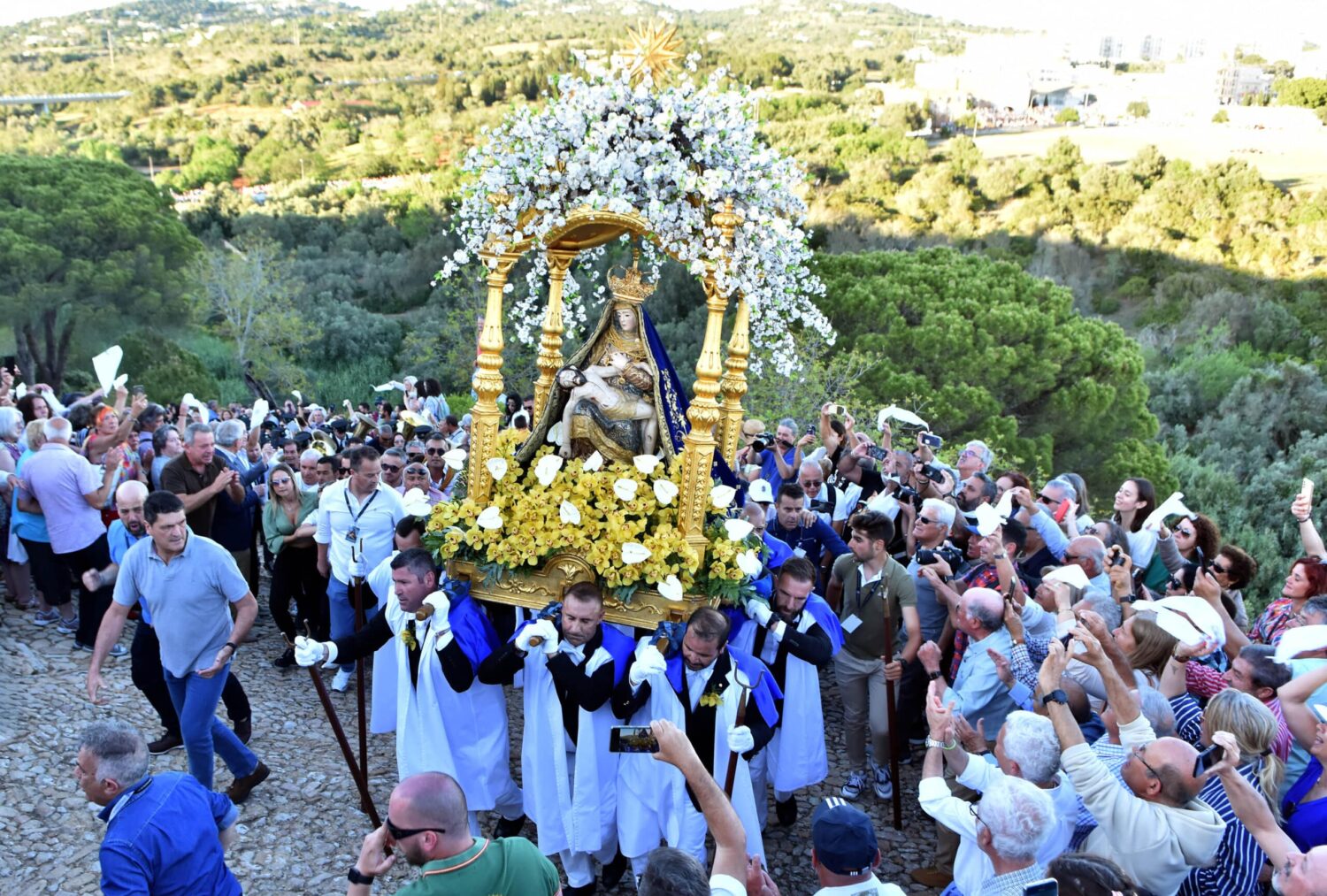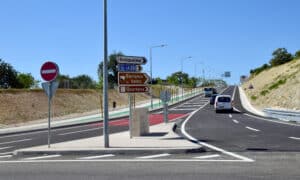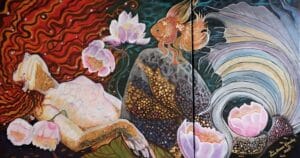Thousands expected to descend on the town for the ‘Mãe Soberana’ festivities
Loulé will celebrate Easter Sunday (March 31) with the start of the ‘Festa da Mãe Soberana’, held every year in honour of the town’s patron saint Nossa Senhora da Piedade (Our Lady of Piety).
The event is described as the “biggest religious celebration south of Fátima” and sees several religious-themed events taking place throughout two weeks.
The first part of the festivities, the Festa Pequena (Small Party), will begin at 4pm at the Sanctuary of Nossa Senhora da Piedade where believers will pray the Holy Rosary.
At 5pm, the image of the patron saint will be carried in a procession to the São Francisco church, where a Eucharist will be held, bringing the Festa Pequena to an end.
The image of the patron saint will remain on display at the São Francisco church until 9pm on Thursday, April 11. It will then be taken in a new procession to the Matriz church, where it will be visitable until Saturday, April 13 and where the traditional blessing by the Loulé Riding Club will take place at 9.30pm.

Festa Grande – highlight
The highlight of the programme will take place on Sunday, April 14, with the Festa Grande (Big Party), which annually attracts thousands of worshippers from across the country.
The celebrations will begin with a morning Eucharist at the Matriz church at 10am, followed by a procession leading to Largo do Monumento Engº Duarte Pacheco, where at 4pm an outdoor Mass will be held.
This will be followed at 5pm by a procession which will take the patron saint’s image back to the Nossa Senhora da Piedade chapel, with stops at local landmarks such as town hall or the Santo António convent and accompanied by the music of the Artistas de Minerva Philharmonic Band.
The “triumphant moment” will come with the arrival of the patron saint’s image at the top of the hill where the small chapel is located, given the difficult route that the men who carry the image on their shoulders must face during the procession.
As the local council points out, this tradition dates to the 16th century and stands out as one of the main religious tourism events in the country and an “amazing moment of Christian faith”.



























